Top Things to Know Before Buying Green House Plants
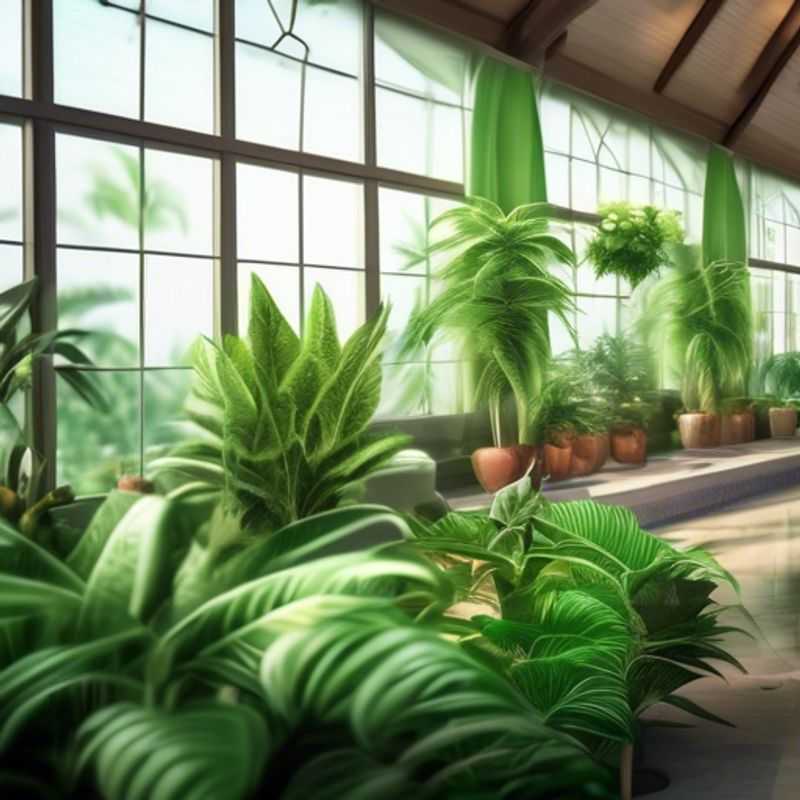
Top Things to Know Before Buying Green House Plants: Light, Pot Size, Watering, Temperature, Humidity, Soil, and Pests
Bringing the beauty of nature indoors with green houseplants is a wonderful way to enhance your living space. But before you bring a new leafy friend home, it's essential to do your research and ensure you're providing the best possible care. Here are a few key things to consider:
1. Light Requirements: Every plant thrives under different light conditions. Some love bright, direct sunlight, while others prefer dappled shade or even low light. Understanding your plant's light needs is crucial. You'll want to choose a spot in your home that provides the appropriate amount of light.
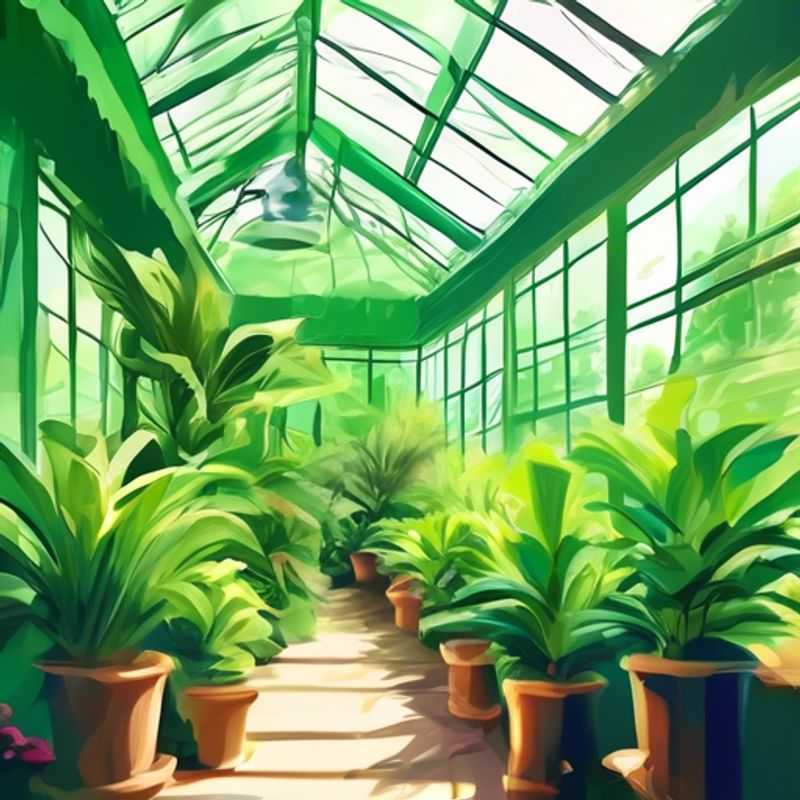
Unlocking the Secret Code: Understanding Your Plant's Light Requirements
Understanding a plant's light requirements is crucial for its health and growth. Just like humans need food, plants need light to perform photosynthesis, the process by which they convert sunlight into energy. Different plants have different light needs, ranging from full sun to shade.
Light intensity refers to the amount of light a plant receives. It's measured in foot-candles or lux. Light duration refers to the amount of time a plant is exposed to light each day. The duration of light is important for flowering plants, which need a certain amount of light to trigger flowering.
Here's a general guideline for plant light needs:
Full sun: 6 or more hours of direct sunlight per day. These plants thrive in sunny locations like south-facing windows or outdoors in gardens.
Partial sun: 4 to 6 hours of direct sunlight per day. These plants prefer some shade during the hottest part of the day.
Partial shade: 2 to 4 hours of direct sunlight per day. These plants can tolerate some shade but still need some direct sunlight.
Shade: Less than 2 hours of direct sunlight per day. These plants prefer filtered light or indirect sunlight and can even thrive in completely shaded areas.
Tips for determining light requirements: Look for labels on purchased plants. Research specific plant species online. Observe the plant's current location and how it's thriving. If a plant shows signs of stress, such as yellowing leaves or stunted growth, consider adjusting its light exposure.
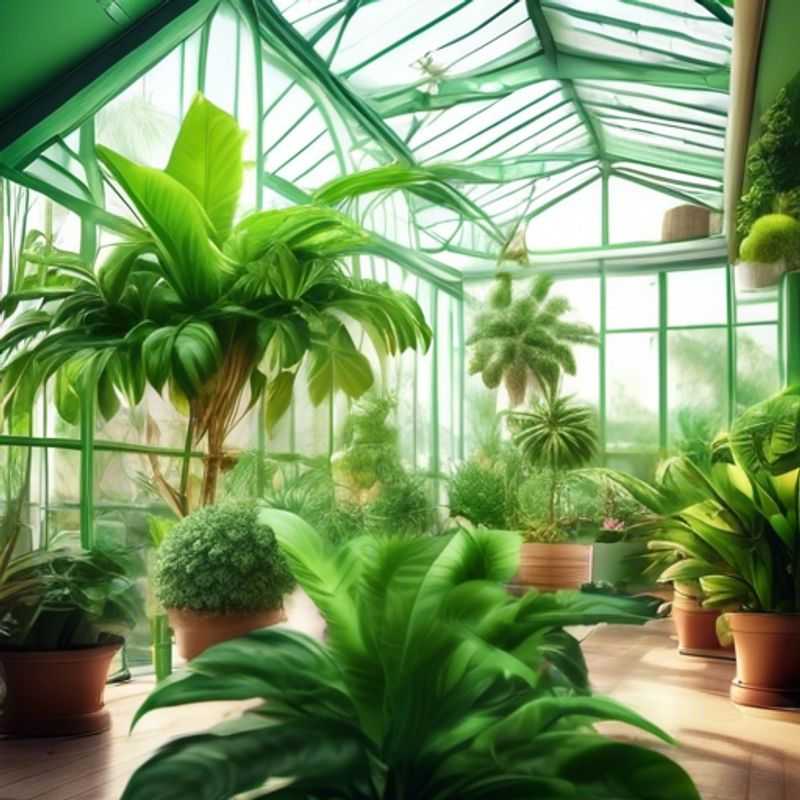
Finding the Perfect Pot Size and Drainage for Your Plants
Choosing the right pot size is crucial for your plant's health. A pot that's too small can restrict root growth and lead to stunted development. Conversely, a pot that's too large can cause waterlogging and root rot. Aim for a pot that's just slightly larger than the plant's root ball, allowing for a few inches of growth space. Remember, it's better to start with a slightly smaller pot and repot as needed.
Drainage is equally important. Poor drainage can lead to soggy soil and root problems. Ensure the pot has drainage holes at the bottom. Consider adding a layer of gravel or pebbles at the bottom to facilitate drainage. You can also choose pots with drainage trays to prevent water from sitting at the bottom.
The type of pot material also plays a role. Terracotta pots are porous and allow for good air circulation, but they can dry out quickly. Plastic pots retain moisture for longer but can be less breathable. Choose the pot material based on your plant's water needs and your growing environment.
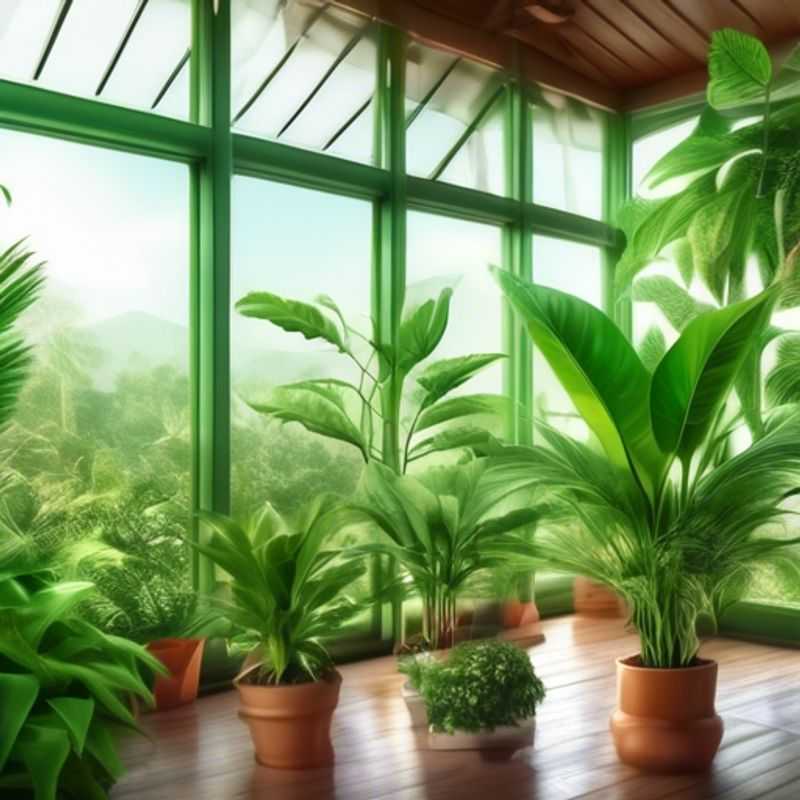
Decoding Your Plants' Thirst: A Guide to Understanding Watering Needs
Knowing your plants' watering needs is fundamental for their health and growth. Every plant has its own unique water requirements depending on various factors such as the plant species, climate, pot size, and soil type. Understanding these factors is crucial.
Here's a quick guide to help you figure out how much water your plants need:
Observe your plants closely: The most reliable way to know when your plant needs water is by examining its soil and leaves. Feel the top layer of soil. If it’s dry, your plant is thirsty. Additionally, look for wilting leaves, as this indicates the plant needs a good drink.
Soil type plays a critical role: Different types of soil retain water differently. Sandy soils drain quickly, requiring more frequent watering. Clay soils retain water longer, necessitating less frequent watering. Consider the soil type when determining your watering schedule.
Pot size matters: Plants in small pots dry out faster than those in larger pots. The bigger the pot, the more water it can hold, and the less frequent watering is needed.
Watering Frequency: There's no one-size-fits-all approach. Generally, most indoor plants need watering once a week, while outdoor plants may require watering more frequently during hot, dry spells. Pay close attention to the specific needs of your plant species.
Deep watering is essential: Don’t just sprinkle a little water on the surface. Water deeply and thoroughly until excess water drains out of the drainage holes. This ensures the roots are properly hydrated.
Avoid overwatering: Overwatering can be just as detrimental as underwatering. Overwatering leads to root rot, which can be fatal to your plants. Always ensure the soil has a chance to dry out somewhat between waterings.
Seasonal variations: Consider the changes in weather and temperature. During winter, plants require less water as their growth slows down. In summer, they may need more frequent watering to compensate for the increased evaporation.
Pay attention to your plants: Your plants will give you signals when they need water. Learn to interpret these signals and adjust your watering practices accordingly.
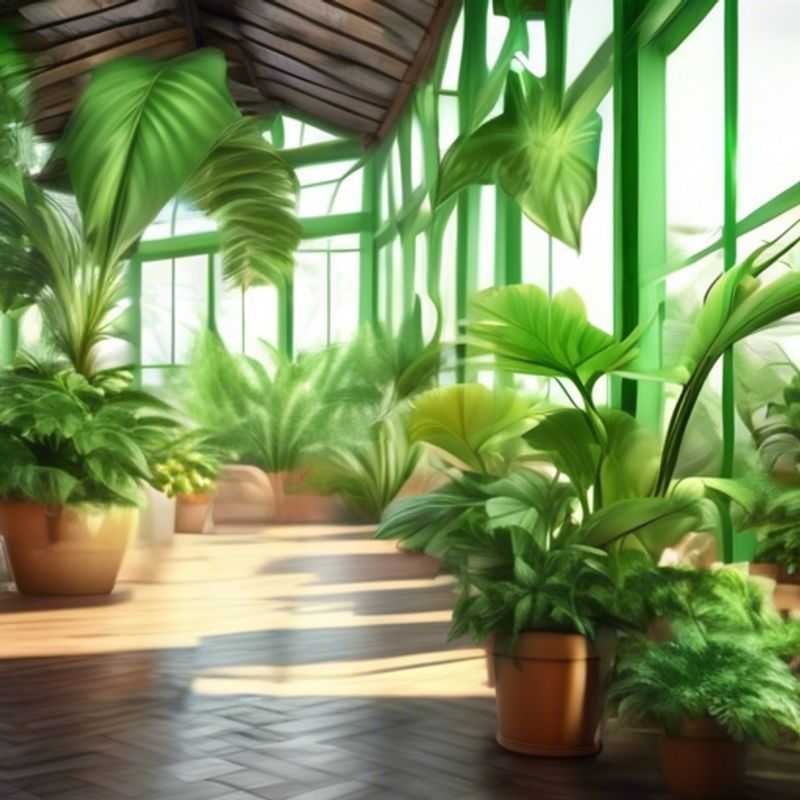
Unlocking Plant Potential: Understanding Temperature Preferences
Plants, like all living organisms, thrive within specific temperature ranges. Understanding these preferences is crucial for successful gardening and plant care. Each species has a unique optimal temperature zone, known as its growing range, which determines the plant's growth, flowering, and fruiting phases.
Warm-season plants, such as tomatoes, peppers, and cucumbers, thrive in warm temperatures, typically above 60°F (15.5°C). These plants require consistent warmth for optimal growth and can be damaged by frost.
Cool-season plants, such as lettuce, broccoli, and peas, prefer cooler temperatures, generally below 75°F (23.8°C). These plants can tolerate some frost and thrive in cooler climates.
Some plants, like succulents and cacti, are considered xerophytes and are adapted to arid climates. These plants tolerate both extreme heat and drought, often thriving in temperatures above 80°F (26.6°C).
Understanding your plant's temperature preferences is essential for proper care. It allows you to choose the right location for your plants, adjust watering schedules, and protect them from extreme temperatures. Consult plant care guides or online resources for specific temperature ranges for your chosen plants.
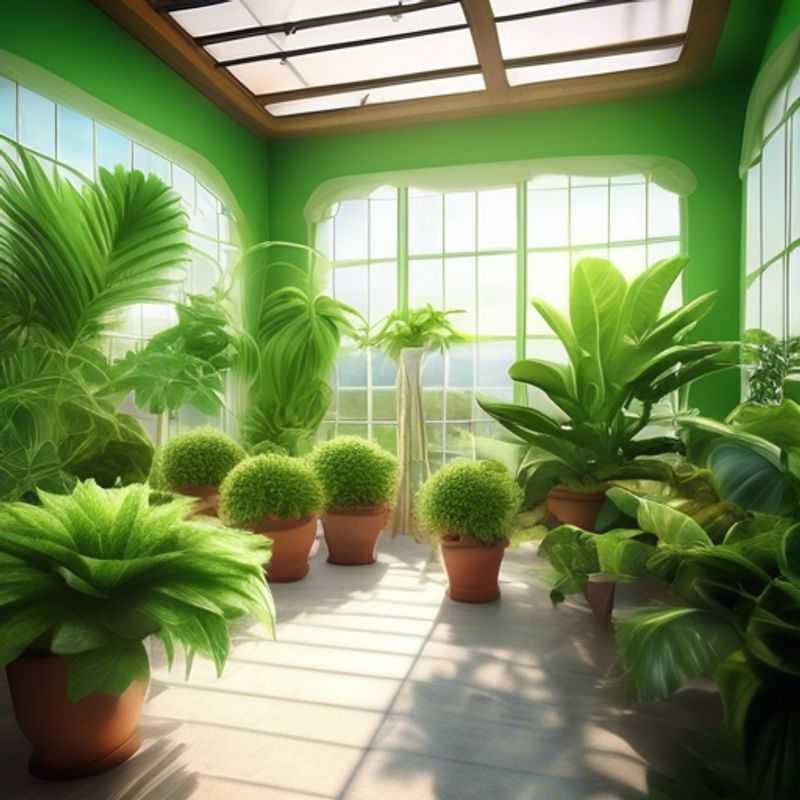
Taming the Green Thumb: Understanding Your Plants' Humidity Needs
Knowing your plants' humidity needs is crucial for their health and growth. Humidity refers to the amount of moisture in the air. Some plants thrive in humid environments, while others prefer drier conditions.
Here are some general guidelines:
Tropical plants, like ferns, orchids, and peace lilies, need high humidity. You can create this by placing them in a bathroom or grouping them together.
Desert plants, like cacti and succulents, prefer dry air. Avoid overwatering them and ensure they have good drainage.
Mediterranean plants, like olive trees and rosemary, tolerate moderate humidity. These plants are generally adaptable, but they need well-drained soil and plenty of sunlight.
To increase humidity around your plants, you can:
• Use a humidifier
• Place a tray of water near your plants
• Group plants together
• Mist your plants regularly
Remember, it's always best to research the specific humidity requirements of your plants. This will help you provide the best environment for their healthy growth and long-term survival.
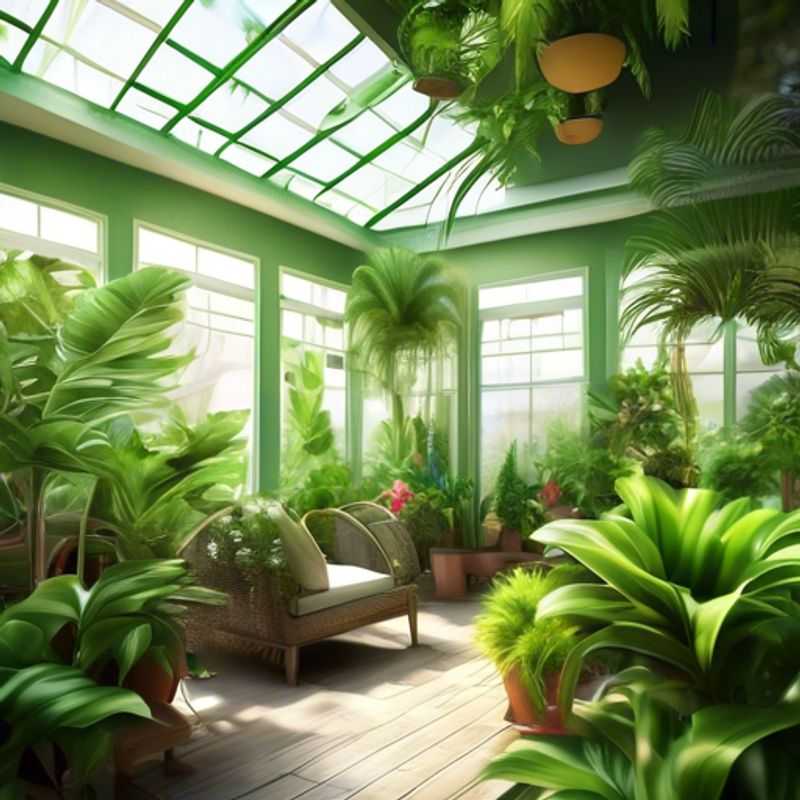
Dig Deep: Understanding Your Plants' Soil Needs for Thriving Growth
Understanding your plant's soil requirements is crucial for its health and growth. Different plants have different needs. Some prefer acidic soil while others thrive in alkaline soil. Some plants require well-draining soil, while others require moisture-retentive soil.
First, identify your plant. Once you know the plant's name, you can research its specific soil requirements. Look for information on the plant's ideal soil pH, texture, and drainage. This information can be found online, in gardening books, or from local nurseries.
Next, test your soil. A soil test kit can help you determine your soil's pH, texture, and nutrient levels. This will tell you if you need to amend your soil to meet your plant's needs. Soil amendments can include adding compost, peat moss, or lime to adjust the pH. You can also add sand or clay to improve drainage or water retention.
Finally, consider the plant's location. Some plants prefer full sun while others need shade. This will affect the soil's moisture levels and temperature, which are crucial for plant health.
Remember, soil requirements can vary slightly depending on the specific plant variety. By educating yourself on these important factors, you can create the perfect growing conditions for your plants, leading to thriving gardens and beautiful blooms.
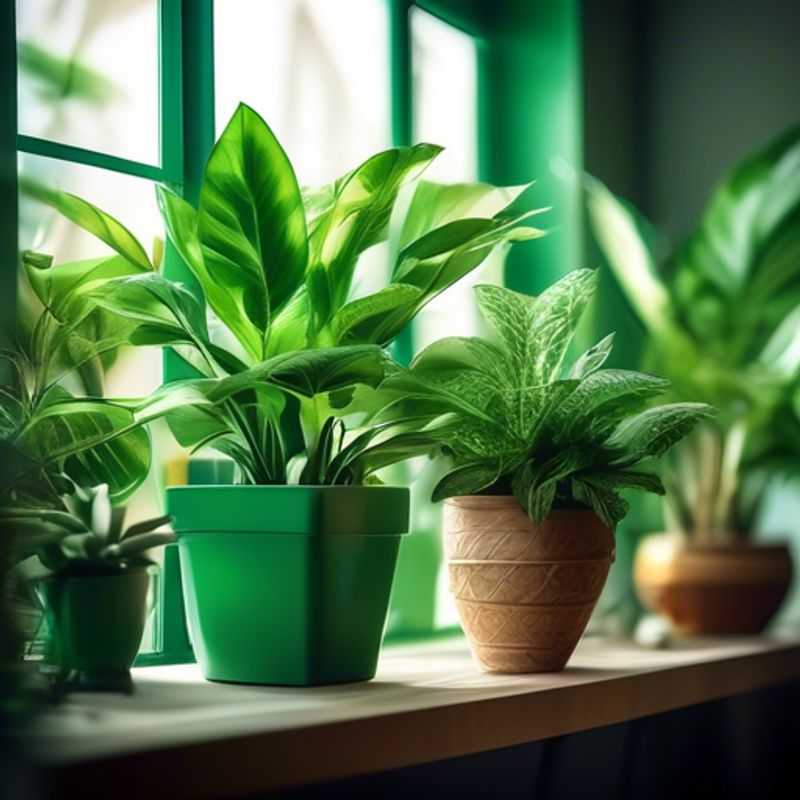
Spotting Trouble: Identifying Potential Pests and Diseases in Your Plants
Identifying potential pests and diseases in your plants is crucial for maintaining their health and vitality. A proactive approach can help prevent significant damage and ensure the longevity of your garden. Here's a quick guide to help you get started:
Know Your Enemy: Familiarize yourself with the common pests and diseases that affect your specific plant species. Research online resources or consult local gardening experts for accurate information.
Regular Inspections: Regularly inspect your plants for any signs of infestation or disease. Look for discoloration, wilting, holes, webbing, or unusual growths. Early detection is key.
Environmental Factors: Consider the environmental conditions that could be contributing to pest or disease outbreaks. Factors such as excessive moisture, poor drainage, or inadequate sunlight can create favorable conditions for pests and diseases.
Integrated Pest Management (IPM): Implement an IPM strategy to control pests and diseases effectively. This approach involves a combination of methods, including:
Cultural Practices: Promote plant health through proper watering, fertilization, and pruning techniques.
Biological Control: Introduce beneficial insects or other organisms that prey on pests.
Chemical Control: Use pesticides and fungicides only as a last resort and always follow label instructions carefully.
Professional Help: If you suspect a serious pest or disease infestation, consult a qualified horticultural professional for diagnosis and treatment recommendations.
Remember, the key to a healthy garden is vigilance and a proactive approach. By familiarizing yourself with potential threats and implementing preventative measures, you can keep your plants thriving and enjoy the beauty of your garden for years to come.
